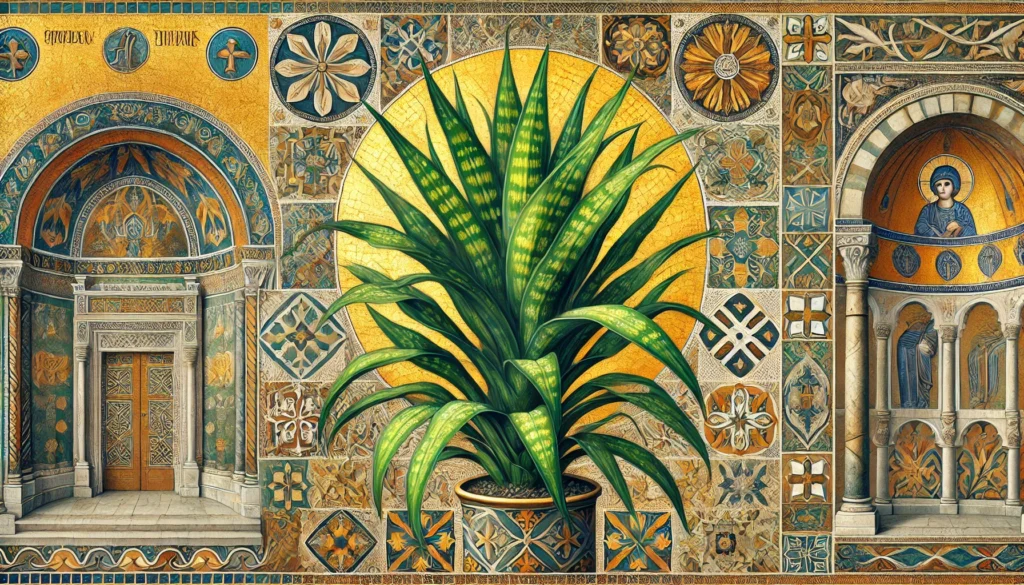Home » Cat Plants » Can the Gold Dust Dracaena Plant be Harmful to cats?

Gold Dust Dracaena, also known as Dracaena surculosa, is a popular houseplant that can be toxic to cats. While not a true allergy, ingesting this plant can cause serious health issues for felines.
The saponins found in the leaves and berries are the main culprits behind the plant’s toxicity. Gold Dust Dracaena is commonly found as an ornamental plant in homes and gardens.
Ingestion may cause mild gastrointestinal upset, but is generally not life-threatening.
Ingestion can result in mild symptoms like vomiting, diarrhea, or drooling. Rarely fatal but may require veterinary care.
Eating these plants can lead to more pronounced symptoms like abdominal pain, lethargy, or difficulty breathing. Veterinary intervention may be necessary.
Ingesting even small amounts can cause severe symptoms like organ damage, seizures, or cardiac failure without rapid treatment.
All parts of these plants are extremely poisonous to cats and can quickly lead to death, even with immediate veterinary care.
** Please note: Please note that toxicity level can vary based on the amount ingested and the specific cat. It's always best to keep these plants completely inaccessible to cats and seek immediate veterinary care or call the poison hotline if you suspect your cat has ingested any part of a toxic plant.
If a cat ingests Gold Dust Dracaena, they may experience a range of symptoms due to the toxic saponins in the plant. These symptoms can vary from mild to severe, depending on the amount consumed. Common signs of Gold Dust Dracaena poisoning in cats include:
If you suspect your cat has ingested Gold Dust Dracaena, it is crucial to seek veterinary care immediately. Your vet will likely perform the following steps to diagnose and treat the poisoning:

A: Yes, Gold Dust Dracaena is toxic to cats. Ingesting this plant can lead to vomiting, loss of appetite, and increased drooling in cats.
A: Symptoms of Gold Dust Dracaena poisoning in cats include vomiting, drooling, and loss of appetite. Cats may also exhibit signs of depression and lack of coordination.
A: If your cat has ingested Gold Dust Dracaena, seek immediate veterinary care. Treatment often involves inducing vomiting and providing supportive care to manage symptoms.
A: Yes, other plants similar to Gold Dust Dracaena, such as Corn Plant and Dragon Tree, are also toxic to cats. It is essential to keep these and other harmful plants away from your pets.
A: To prevent your cat from eating Gold Dust Dracaena, place the plant in an area inaccessible to your cat or opt for pet-safe plants. Providing alternative chew toys and engaging activities can help deter your cat from chewing on houseplants.
A: If your cat shows signs of poisoning after eating Gold Dust Dracaena, contact your veterinarian immediately. Quick and appropriate treatment is crucial to alleviate symptoms and prevent serious health complications.
Gold Dust Dracaena is native to tropical regions of West Africa, from Guinea to the Republic of the Congo. It is a member of the Asparagaceae family and is known for its attractive, spotted leaves. The plant gained popularity as an ornamental houseplant due to its easy care requirements and tolerance to low light conditions.
The cultivar ‘Florida Beauty‘ has even earned the Royal Horticultural Society’s Award of Garden Merit.
Please note: The information shared in this post is for informational purposes only and should not be considered as veterinary medical advice.